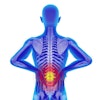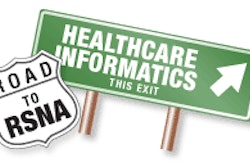Monday, November 29 | 12:15 p.m.-12:45 p.m. | LL-INE1167-MOA | Lakeside Learning Center
While new CT scanners incorporate DICOM-SR standards that record radiation dose, legacy scanners do not. Radiologists at the Hospital of the University of Pennsylvania in Philadelphia have developed an enterprisewide solution to automatically extract and store data from image-based dose sheets found on CT scanners.In this poster presentation, Tessa Sundaram Cook, MD, PhD, a third-year radiology resident, will describe the system, which ultimately stores acquired data in a database complementary to the hospital's RIS.
Optical character recognition (OCR) is used to search the scanner dose sheet, and pertinent CT parameters are extracted using a software program called Radiation Dose Intelligent Analytics for CT Examinations (RADIANCE ). Conversion factors from the International Commission on Radiological Protection, located in Ottawa, Ontario, are used to estimate whole-body effective dose from CT dose-length product.
Cook will describe the quality assurance measures undertaken that use the dose estimates. These will include monitoring exams for higher-than-expected estimated whole-body effective dose, and examining study types for opportunities for protocol optimization and subsequent dose reduction.
Cook told AuntMinnie.com that while the Hospital of the University of Pennsylvania is the only healthcare facility in the world using RADIANCE, the radiology department has received such a large number of inquiries about it that it is planning an open-source release of RADIANCE around the time of RSNA 2010.



















